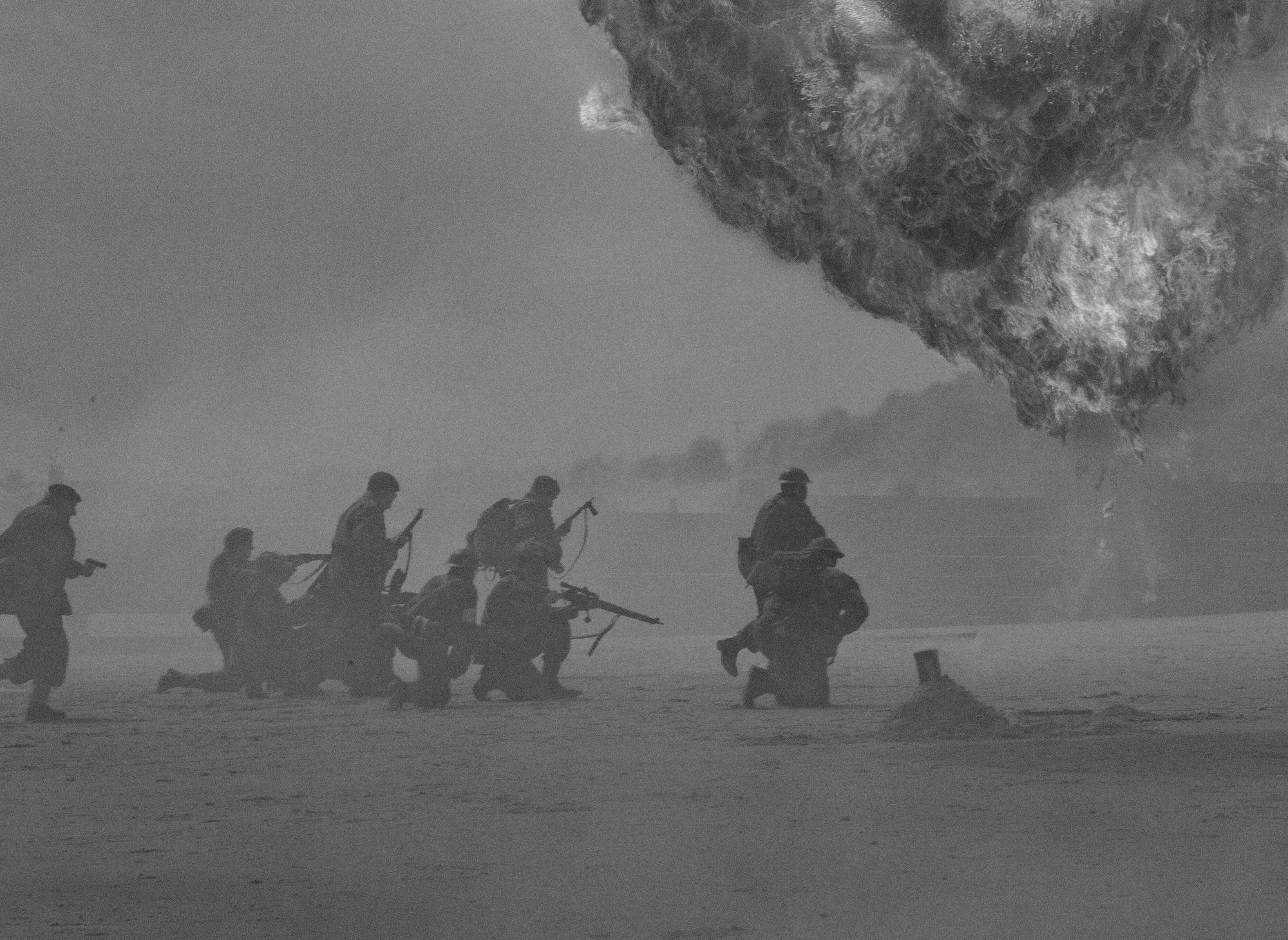There Ain’t Nothin’ New
"There are recurrent types of people who will return to their folly as a dog to his vomit. They play the same roles and do similar things every 80 years, according to the theory." Rinse. Repeat.

Are We Humans as Recycled as Used Plastic Bottles? According to history, maybe so
It was in the late 1970s, I was 23 or 24 sitting across the table from my father in a popular Berkeley restaurant, smoking and having a drink. (It wasn’t uncommon in the Creole culture to have a drink with your kids). Out of nowhere, Daddy asked, “Do you smoke the grass?” I had no idea where he was going with that. I refused to tell him I was as high as the redwoods through the first years of college. Instead, I told him I didn’t want to talk about that with my father. He laughed and said, “We smoked that in World War II. We called it jack rabbit grass. There ain’t nothin’ new.” That was Daddy’s way of saying, you young people didn’t create marijuana.
I thought about his words as the weight of today’s news falls so hard on us. It’s easy to feel these are terrible, irreversible times as fascism finds a home in America, and democracy is under attack by a political party that’s lost its respect for law and order and gone rogue. I wonder if we can move beyond this era to higher ground. I’ve written before about historical parallels—some spooky. But I went all-in this time wondering; is our history recycled? If it is, it might mean, we (humans) are recycled, too. Prototypes playing similar roles whether from a horse and buggy or a Tesla. Not creating anything new, but more like the movie, Groundhog Day, one big, same-sh..t-warmed-over.
A college professor with the last name Brain (no joke), Marshall Brain started the site, How Stuff Works. It blossomed into popularity and led to his authoring bestselling books and TV series on both Discovery and the National Geographic channels. Contributors to his site wrote the 10 Worst Ways History Has Repeated Itself.
Be sure and subscribe to receive our stories weekly.
If you can, we'd love it if you'd become a paid subscriber.
Military miscalculations.
Napoleon Bonaparte and Adolf Hitler.
Napoleon put together more than 600,000 men to invade Moscow and his former ally, Czar Alexander. His troops couldn’t battle lice, disease, and freezing temperatures. Despite claiming victory, fewer than 10,000 of his men returned home. Nazi leader Hitler invaded the Soviet Union in 1941, nearly 130 years after the similar move by Napoleon. While his soldiers killed more than 800,000 Soviets, Hitler lost 775,000 of his men and many of those who returned home did so without ears, noses, fingers, or eyelids because they weren’t equipped to cope with the extreme cold.
Economic Crashes.
The Great Depression of the 1920s and the Great Recession of 2007-8 both came after good times and prosperity. Turns out, in both instances, banks were trying out new ways to do business. In the 20s they experimented with consumer credit, and in the 2000s it was all about pooling mortgage debt. Prices exceeded worth in both cases, and a sharp stock market decline sealed the fate. The writers admit the Great Depression was worse, but you have to wonder why no one in the 2000s read the tea leaves.
Genocide, Pandemic, and Dams.
The killing of Jews in Nazi Germany, the killings of Indigenous Peoples, and the enslavement of Africans on this continent resulted in the loss of millions of lives. The same across the world - Cambodia’s Khmer Rouge and Rwanda’s Hutu government. Each occurrence is man killing millions of people for power, greed, hatred, or some other deadly sin.
COVID-19 sharpened our focus on pandemics and their invisible powers to destroy with the help of ignorance and unsanitary conditions. Millions of lives were lost during the plague of the 1340s, as well as the Spanish Flu of 1918-1920.
In 1926, the St. Francis Dam near Los Angeles collapsed two years after it was built. 600 died because of the engineering fail. In 1889, the South Fork dam near Johnstown, Pennsylvania also collapsed because of poor construction and more than 2,000 were killed. The engineers of the LA dam had not learned from the earlier collapse.
In addition to these examples of lessons not learned, school shootings and the mass extinctions of animals sadly, continue to reoccur.
It might be overly simplistic to wonder why we don’t seem to learn from history.
The somewhat controversial Strauss-Howe generation theory describes a “recurring generation cycle,” in American and Western history. In other words, (to go Biblical) there are recurrent types of people who will return to their folly as a dog to his vomit. They play the same roles and do similar things every 80 years, according to the theory. Historians William Strauss and Neil Howe looked back 500 years and expanded upon their theory in the bestseller, The Fourth Turning: An American Prophecy - What the Cycles of History Tell Us About America's Next Rendezvous with Destiny.
The authors described the generational patterns as turnings made up of four stages; The High, The Awakening, The Unraveling, and The Crisis.
The High is a time of strong institutionalism that brings confidence to society but is stifling for non-conformists. This period comes after a crisis. They cite the High after WWII that ended with the assassination of President John F. Kennedy in 1963.
The Awakening is when institutions are attacked as individualism and spiritual autonomy is elevated. The 1960s movements for civil rights, anti-war, and women’s equality are counted as Awakenings. And similarly, the tax revolt of the 1980s.
We could consider what we are experiencing now as Unraveling. Institutions are weak while individualism is strong. Strauss and Howe believe that Unravelings come after Awakenings because society wants to “atomize and enjoy.”
The Crisis is an era of destruction where institutional life is destroyed and rebuilt in response to a perceived threat to the nation’s survival. It’s a time of war and revolution. People begin to self-identify as members of a larger group. The writers call the aftermath of the 1929 crash of Wall Street as a Fourth Turning or crisis. They compare today’s Millennials to the G.I. generation or Hero archetype with rising civic engagement, improving behavior, and collective confidence. Eerily, they contend during a crisis “great peril provokes societal consensus, an ethic of personal sacrifice and strong institutional order.”
What they call the Cycle is made up of 20 year-sprints with four turnings that include generational ages and phases. As one ages out or evolves, the next one is emerging.
As the Strauss and Howe theory further defines personas and their recurring roles in our history, it would seem that great minds could possibly predict our future. But even if they did, there’s no guarantee we would act on it.
Maybe we are actually doomed to repeat history. And if history does recycle, that means (because it ain’t new), we stand a good chance of recovering from the monsters of today and then doing it all over again - like déjà vu on crack.
